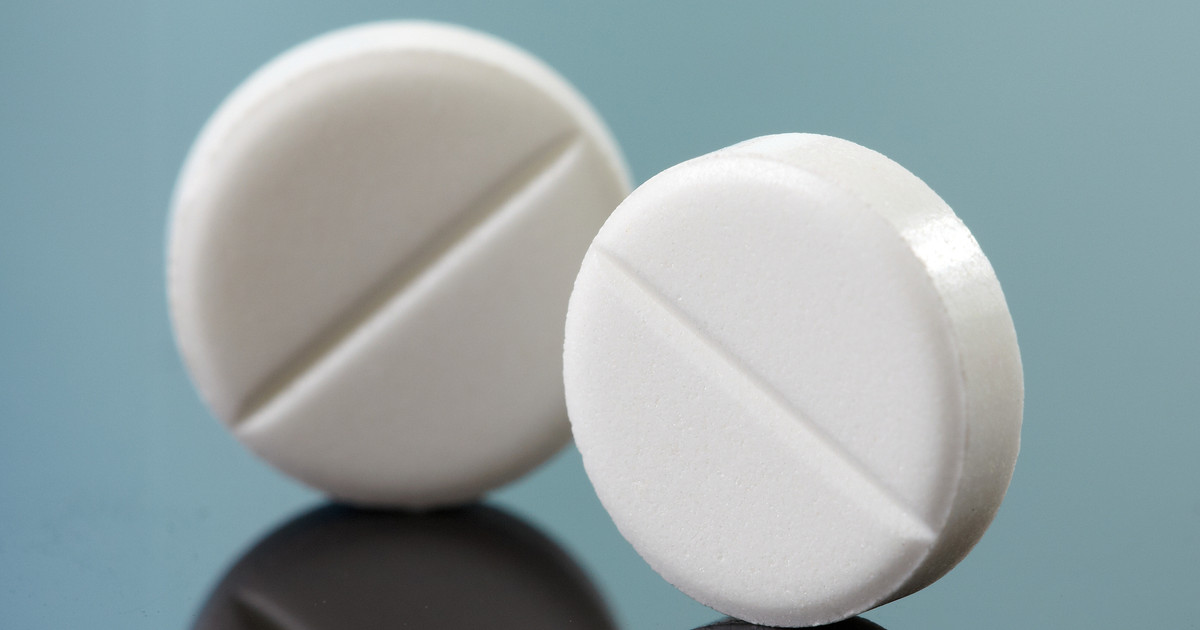Guide To Medications That Treat Low Blood Pressure (Hypotension)
Blood pressure readings of less than 90/60 are considered low. Patients may develop low blood pressure (hypotension) due to dehydration, septicemia, anaphylaxis, or blood loss. The condition can also occur due to deficiencies in vitamin B12, iron, or folate. Individuals who are over sixty-five years old have an increased risk of experiencing low blood pressure. Diabetes patients are at a higher risk as well. If left untreated, low blood pressure can cause dizziness, fainting, and weakness. It increases a patient's risk of falls and injuries. Severely low blood pressure can damage the patient's heart and brain.
Many patients need to increase their salt intake as part of their hypotension treatment. Drinking more water is another natural remedy for low blood pressure. Of course, wearing compression stockings can also be helpful. However, some patients may need to take medication as a treatment for hypotension. Thus, it is essential to understand the common hypotension medications.
Fludrocortisone

Fludrocortisone is a corticosteroid. In addition to being used to treat hypotension, it also treats Addison's disease. This medicine reduces the amount of sodium that the body excretes through urine. Patients with active fungal infections should not take fludrocortisone. Before prescribing this drug, doctors need to know if the patient has any history of diabetes, glaucoma, high blood pressure, heart issues, kidney disease, or stomach ulcers. This medicine may not be safe for individuals with these conditions.
This medication has some potential side effects. Some of the most common side effects include salt and water retention, low potassium, stomach ulcers, easy bruising, and slow wound healing. Patients should let their doctor know right away if they experience blurry vision, seizures, eye pain, lower limb swelling, or severe upper abdominal pain. They should call their doctor immediately if they display signs of low potassium. This includes irregular heartbeats, a fluttering sensation in the chest, leg cramps, and muscle weakness.
Reveal more medications that can treat low blood pressure now.
Midodrine

Midodrine is used to treat orthostatic hypotension. This condition involves a sudden drop in blood pressure when an individual stands up from a sitting position. This medication is an alpha-adrenergic agonist. It stimulates the nerve endings in the patient's blood vessels. The blood vessels tighten, and the patient's blood pressure increases. This medication's side effects include stomach pain, frequent urination, chills, and a tingling sensation on the skin. Less commonly, individuals taking this medicine have reported leg cramps, insomnia, dry mouth, drowsiness, and dizziness.
Most patients will need to take midodrine three times per day. Patients should take each dose at least three hours apart and the last dose before 6 p.m. Since this medicine increases the patient's blood pressure while they are lying down, they should not take it near bedtime or before a nap. Doctors may recommend that patients raise the head of their bed for rest or sleep. Midodrine may interact with alpha-blockers and beta-blockers. To reduce the risk of interactions, patients should let their doctors know about all of the medicines and supplements they use.
Continue reading to learn about more low blood pressure medications now.
Norepinephrine

Norepinephrine is used to treat life-threatening cases of low blood pressure. Doctors administer the drug intravenously in emergency rooms and intensive care units. It is often given during cardio-pulmonary resuscitation. Sepsis patients and those with low blood pressure due to hemodialysis often need this medication. Patients should let their doctors know if they have a history of diabetes, coronary artery disease, hypertension, asthma, or sulfite allergies before receiving this medication.
Doctors will monitor the patient's blood pressure, respiration, and other vital signs during and after administration. Norepinephrine may damage the tissues around the infusion site if it leaks out of the patient's vein. Patients should let medical staff know right away if they feel pain, irritation, or a cold feeling in the skin or veins near the area where the medicine is being given. Typically, patients receive this medication until they respond to treatment. This may take several days.
Get more information on medications for hypotension now.
Droxidopa

Droxidopa is prescribed to treat neurogenic orthostatic hypotension. This condition can be caused by Parkinson's disease, multiple system atrophy, or non-diabetic autonomic neuropathy. Droxidopa comes as a capsule. It is believed to work by narrowing an individual's blood vessels. To minimize side effects, doctors start patients on a low dose, gradually increasing the daily dose over time. Most patients take this medication three times a day during the daytime. They should not take it within three hours of bedtime. Most individuals use this medication for no more than two weeks.
Headaches, nausea, and dizziness are the most common side effects of droxidopa. Patients should let their doctor know if these effects are severe or persistent. They need to immediately contact their doctor if they notice bladder pain, cloudy urine, painful urination, or lower back pain on this medication. Individuals who take droxidopa should monitor their blood pressure at home. They must share the results with medical staff. Doctors will check the patient's blood pressure before and during treatment too. Since droxidopa may raise blood pressure while the patient is lying down, they should elevate the head of their bed before resting or sleeping.
Discover more medications for hypotension now.
Phenylephrine

In cases where patients are experiencing low blood pressure during surgery, doctors may administer an injection of phenylephrine. The medicine is given to patients through an intravenous line. It increases the patient's blood pressure to a safe level. Patients are closely monitored while receiving this medication, and blood tests may be performed. Phenylephrine could cause a depression underneath the skin at the injection site. This is called necrosis. Unfortunately, it is permanent. To prevent this side effect, patients should let their medical team know right away if they see an indentation around the skin at the injection site. They should inform the staff about any redness, pain, skin peeling, or black or blue-green skin discoloration at the site as well.
Other side effects include headaches, anxiety, excess fluid in the lungs, stomach pain, nausea, and reduced urinary output. Patients should let their medical team know if they experience any side effects during treatment. They should also inform medical staff about all of the medications that they use. This is to prevent potential interactions. Severe side effects may occur if this medication is used with linezolid, isocarboxazid, procarbazine, or tranylcypromine.
